2024, Loveland High School, Cincinnati, Ohio, USA

Reese, Heather, and Maggie from Loveland High School noticed the lack of environmental education in their community, particularly awareness of invasive plant species around their school’s nature area. To address this, they created a deck of playing cards featuring environmental facts, tips, and simple sustainable actions. Each suit focuses on a unique topic: spades cover invasive species and native alternatives; hearts share sustainable living tips; clubs highlight recyclable items; and diamonds offer sustainable recipes, like utilizing locally available ingredients, to help lower your carbon footprint.
The students distributed these educational cards for free at their school, local farmers’ markets, community locations, and successfully had them displayed in local restaurants including Tano Bistro. Continue reading
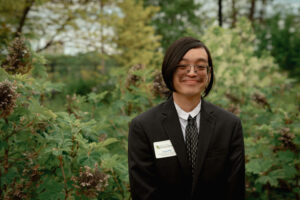
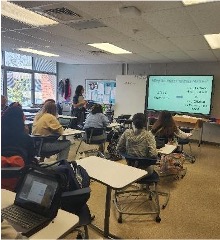 use habits. He then created a presentation and posters to shed light on the issues of paper towel waste. He even created a Jingle PSA (check it out below!) to go along with the presentation and to be showcased in the halls for community engagement. He also created a quiz at the end of every presentation, giving out stickers for prizes to ensure that students were engaged in the lesson and really driving home the impact of paper towel waste. All of this served to inform the students and staff on more sustainable paper towel use at school (ex. using one paper towel or using the hand dryers).
use habits. He then created a presentation and posters to shed light on the issues of paper towel waste. He even created a Jingle PSA (check it out below!) to go along with the presentation and to be showcased in the halls for community engagement. He also created a quiz at the end of every presentation, giving out stickers for prizes to ensure that students were engaged in the lesson and really driving home the impact of paper towel waste. All of this served to inform the students and staff on more sustainable paper towel use at school (ex. using one paper towel or using the hand dryers).


 You may not know this, but plastic toothbrushes create major toothaches for our environment.
You may not know this, but plastic toothbrushes create major toothaches for our environment.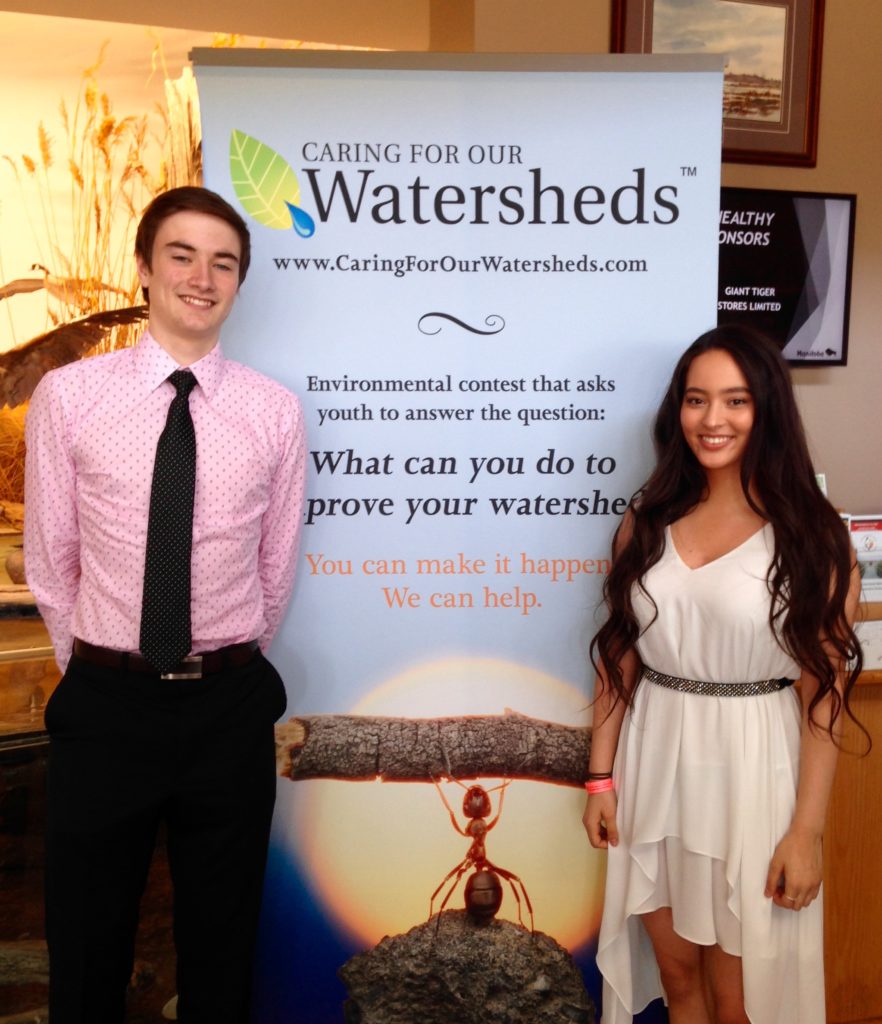 motivate others to create change in their community.
motivate others to create change in their community.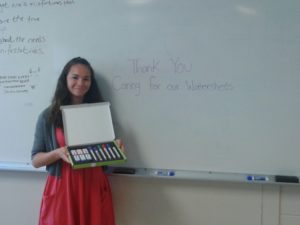 In researching her Caring for our Watersheds project, Katelyn discovered a starting fact about her school’s use of dry erase whiteboard markers; “My school goes through approximately 1570 markers within a 10 month period.” That’s 1570 markers going in the trash each year. Given that these markers “are plastic, toxic, and non-recyclable” Katelyn saw the need to make a change to “prevent and lower the amount of chemicals making their way into the Lake Winnipeg watershed.”
In researching her Caring for our Watersheds project, Katelyn discovered a starting fact about her school’s use of dry erase whiteboard markers; “My school goes through approximately 1570 markers within a 10 month period.” That’s 1570 markers going in the trash each year. Given that these markers “are plastic, toxic, and non-recyclable” Katelyn saw the need to make a change to “prevent and lower the amount of chemicals making their way into the Lake Winnipeg watershed.”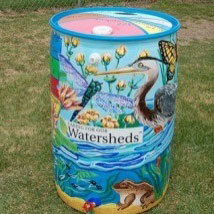 Rain barrels are designed to collect water, but one distinctive rain barrel designed by students at Daysland School in central Alberta is garnering just as much attention as it is water.
Rain barrels are designed to collect water, but one distinctive rain barrel designed by students at Daysland School in central Alberta is garnering just as much attention as it is water.